10 most important people of WWII
1/9
There's no tags or description
Looks like no tags are added yet.
Name | Mastery | Learn | Test | Matching | Spaced |
|---|
No study sessions yet.
10 Terms
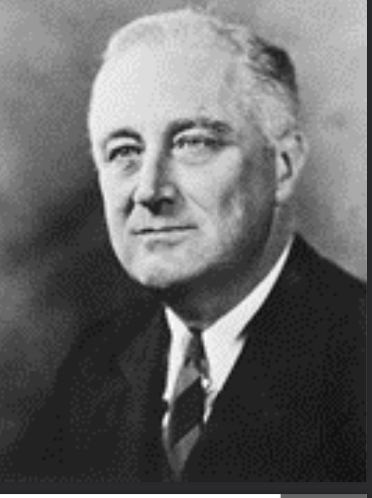
Franklin Delano Roosevelt (FDR)
United States
•President (1933-1945)
•“A day which will live in infamy”
•Got the US out of the Great Depression through WWII
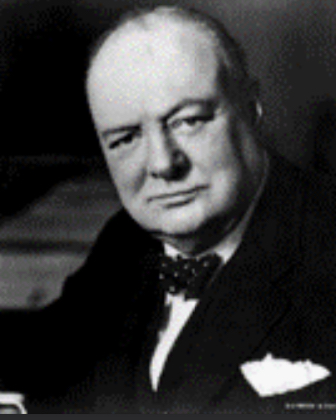
Winston Churchill
Great Britain
•Prime Minister 1940 – 1945
•He refused defeat, surrender, or a compromise peace; Noted for his speeches and radio broadcasts
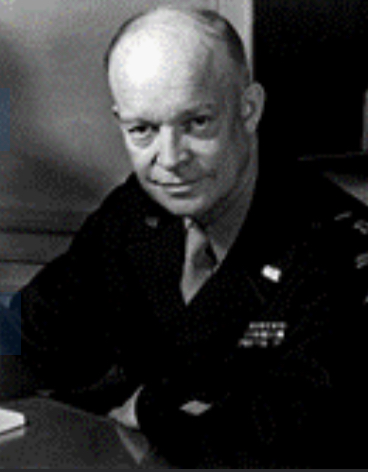
Dwight D. Eisenhower
United States
•General and Supreme Allied
Commander
•Designed the D-Day invasion; Led the forces on the Battle of the Bulge
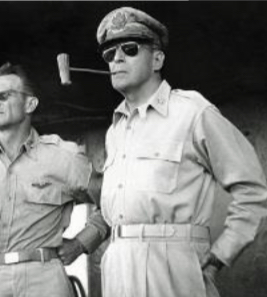
Douglas MacArthur
United States
•General for Allied Forces in
WWII
•Led troops in the Pacific Theater (The war against Japan)
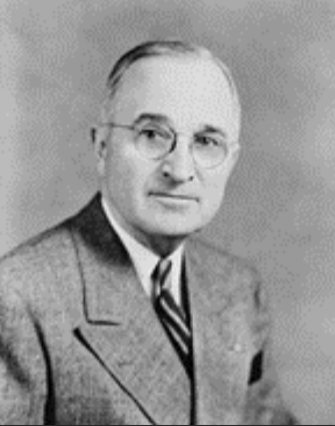
Harry S Truman
United States
•President (1945 – 1952)
•Saw the end of the war in Europe and the war in Japan; Authorized the atomic bombs on Nagasaki and Hiroshima
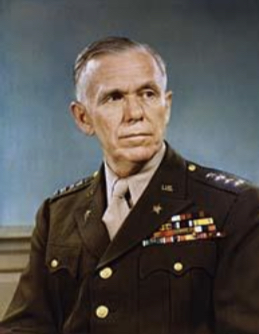
George C. Marshall
United States
• General for Allied Forces in WWII
• Organized the largest military expansion in U.S. history; Was on the committee supervising the atomic bombs
• Created the Marshall Plan to rebuild Europe after WWII
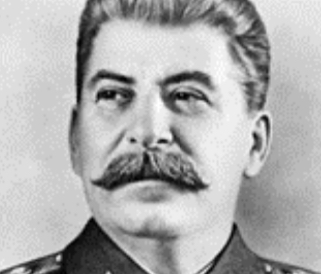
Joseph Stalin
The dictator of the Union of Soviet Socialist Republics (USSR) from 1929 to 1953.
• Soviet Union was transformed from a peasant society into an industrial and military superpower.
• Ruled by terror, and millions of his own citizens died during his brutal reign.
• Stalin aligned with the United States and Britain in World War II (1939-1945) but afterward engaged in an increasingly tense relationship with the West known as the Cold War (1946-1991).
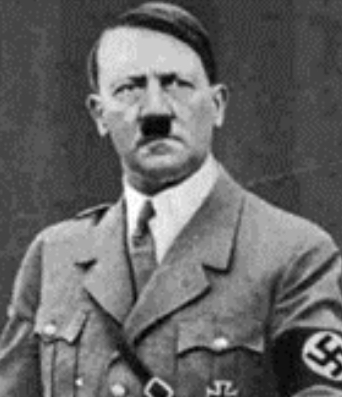
Adolf Hitler
Leader of Germany’s Nazi Party, was one of the most powerful and notorious dictators of the 20th century.
• Capitalized on economic woes, popular discontent and political infighting to take absolute power in Germany beginning in 1933.
• Virulent anti-Semitism and obsessive pursuit of Aryan supremacy
• Committed suicide in a Berlin bunker in April 1945.
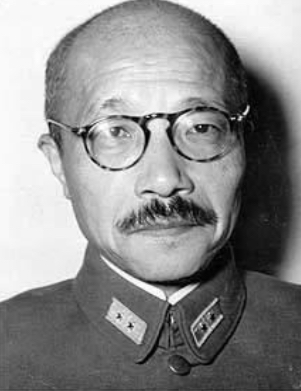
Hideki Tojo
Soldier and statesman who was Prime Minister of Japan (1941–44) during most of the Pacific theatre portion of World War II
• Tried and executed for war crimes.
• Tojo was an aggressive militarist
• Led the attack on the US Military base in
Pearl Harbor, Hawaii
• Led and ordered attacks throughout Southeast Asia and the western Pacific
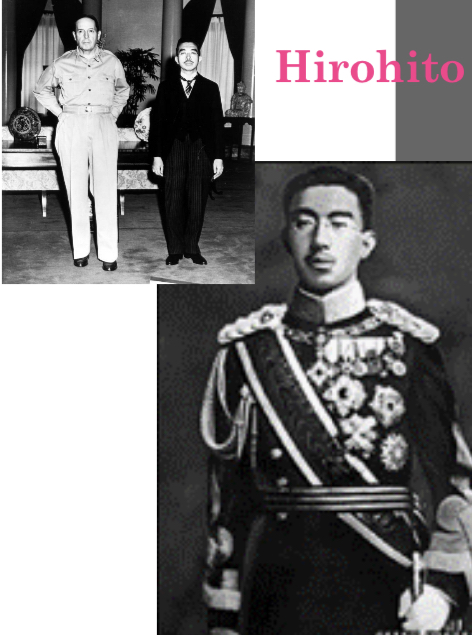
Hirohito
Emperor of Japan from 1926 until his death in 1989.
• He took over at a time of rising democratic sentiment, but his country soon turned toward ultra-nationalism and militarism.
• During World War II (1939-45), Japan attacked nearly all of its Asian neighbors, allied itself with Nazi Germany and launched a surprise assault on the U.S. naval base at Pearl Harbor.
• Though Hirohito later portrayed himself as a virtually powerless constitutional monarch, many scholars have come to believe he played an active role in the war effort.
• After Japan’s surrender in 1945, he became a figurehead with no political power.